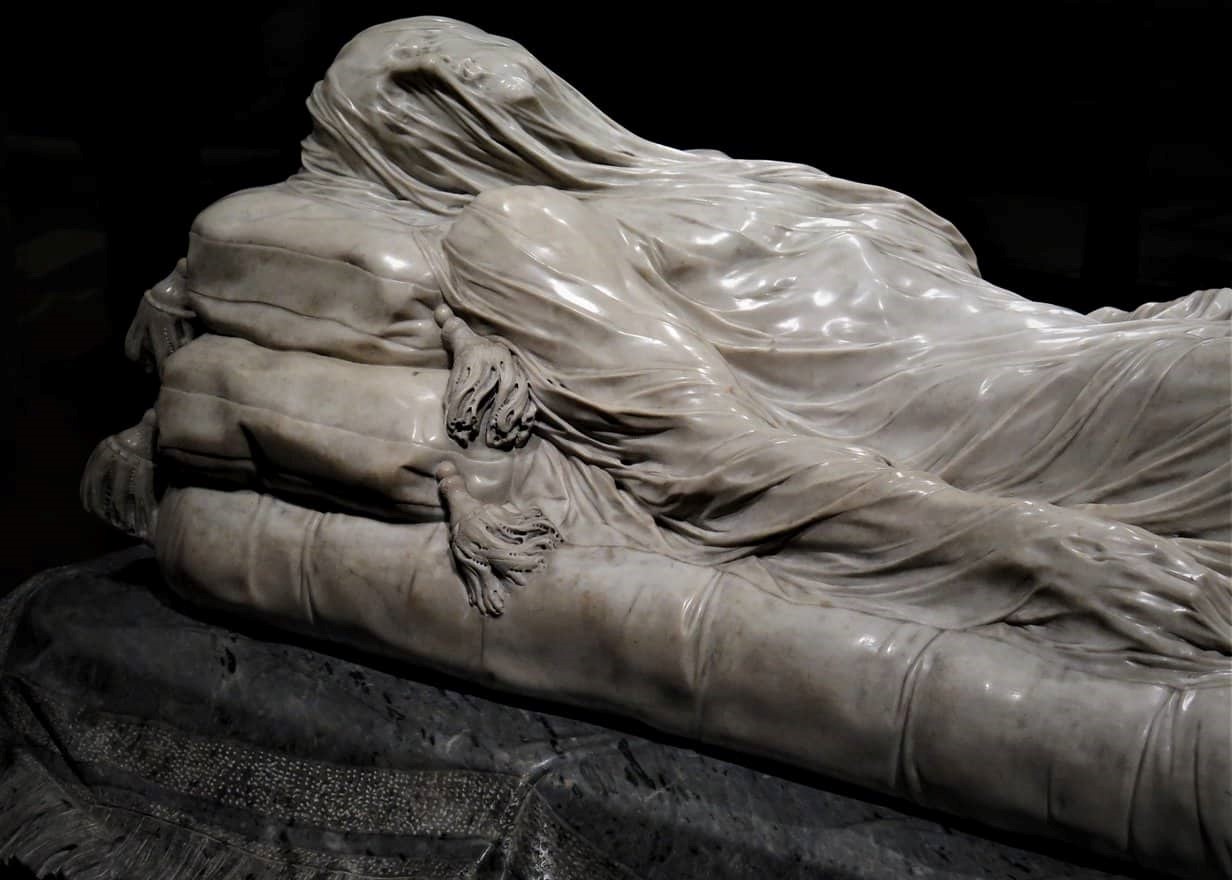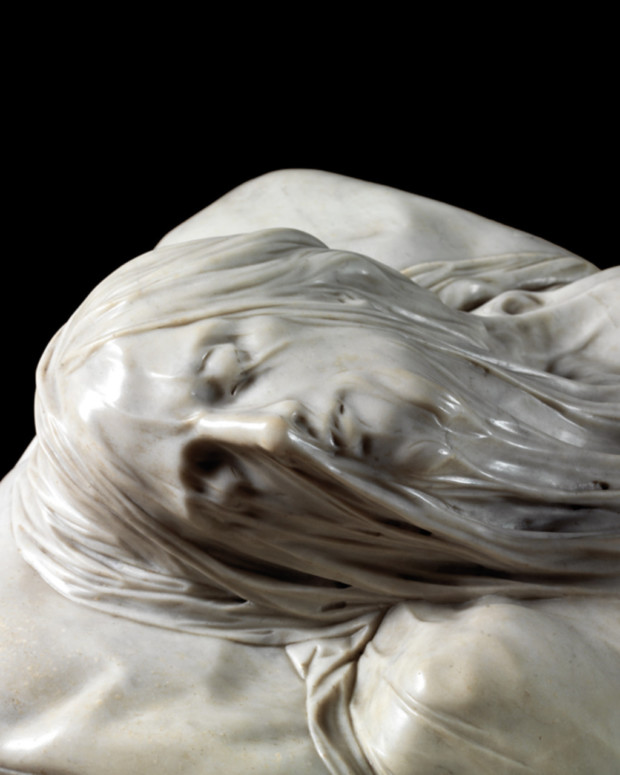Peter Paul Rubens in 10 Paintings
A Baroque master and portraitist of the royals, Peter Paul Rubens is probably best known for his often drama-filled religious and mythological...
Anna Ingram 30 May 2024
In the nave of the Sansevero Chapel in Naples there is a unique sculpture depicting Jesus after the crucifixion. His body is covered with a thin shroud, although carved from the same marble slab, the statue is so transparent and thin, you can make out the tiniest details of his body. Some claim that the shroud was created from alchemy. Discover the story of the extraordinary sculpture The Veiled Christ by Giuseppe Sanmartino from the Sansevero Chapel!

Prince Raimondo di Sangro spent much of his life and money meticulously renovating the Sansevero Chapel in the 18th century. He wanted a sculpture of Jesus after his death covered in a shroud that was carved from the same marble block. Originally Antonio Corradini was chosen to carve the statue and had already created a terracotta model to scale but died before he could create the final work. The prince’s second choice was a young artist named Giuseppe Sanmartino. Sanmartino disregarded the model and created his own version of The Veiled Christ in 1753. The success of this sculpture helped launch Sanmartino’s career.

The Veiled Christ is so skillfully carved that viewers thought that alchemy by Prince Raimondo created the shroud covering the very life-like body of Jesus. The Prince was the Grand Master of the Neapolitan Masonic Lodge and a practicing alchemist. He had a brilliant mind and was a talented scientist and inventor. He was heavily involved in the creation of art in the chapel. The Prince invented paints for the chapel’s ceiling, which created the best-preserved fresco of the Baroque period.
He also invented a way to make an intricate labyrinth of continuous marble for the floor. While he hired artists to create the projects, his input and inventions heavily guided their work. Unfortunately, Prince Raimondo was not inclined to share his discoveries or inventions so there is a lot of mystery surrounding the chapel and his life. His family was also threatened to be excommunicated by the Catholic Church if they did not destroy all of his writings and scientific results after his death.

While much of his ingenuity is lost to posterity, Prince Raimondo left behind a chapel filled with awe-inspiring art. At the center is Guiseppe Sanmartino’s Veiled Christ, which is a moving and breath-taking work of art. It is at the top of my must-see in-person sculptures.
You can visit the Sansevero Chapel in Naples – here is more information.
DailyArt Magazine needs your support. Every contribution, however big or small, is very valuable for our future. Thanks to it, we will be able to sustain and grow the Magazine. Thank you for your help!